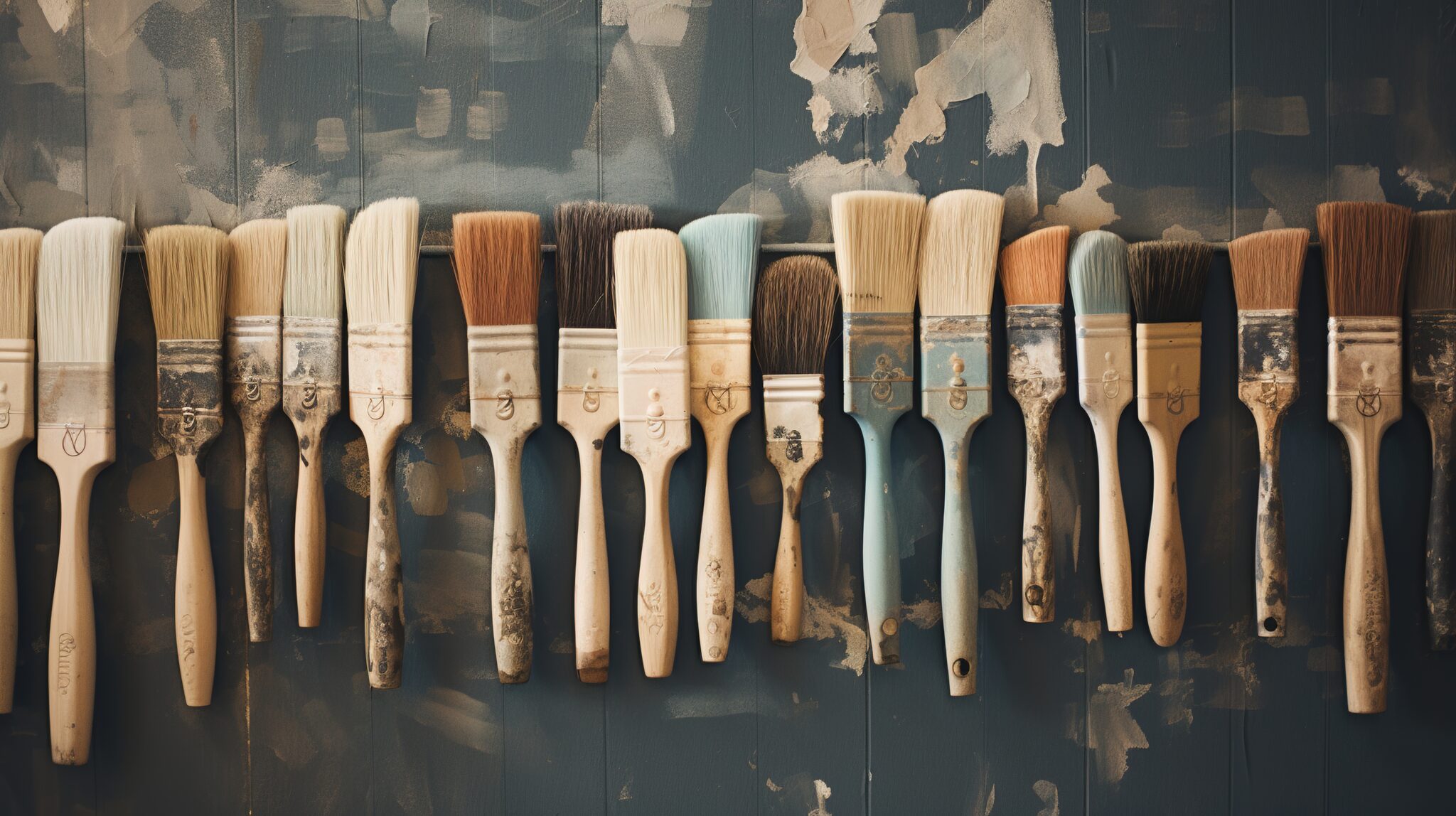Choosing the right paint brush is crucial for achieving the desired results in acrylic landscape painting. Among the options available, natural and synthetic bristle brushes each offer distinct advantages and disadvantages. Understanding the differences between the two can help you make informed decisions about which brushes to incorporate into your artistic toolkit. In this blog post, we will explore the pros and cons of natural and synthetic paint brush bristles specifically in the context of creating acrylic landscape art.
Understanding the Types of Bristles
1. Natural Bristles
Natural brushes are typically made from animal hair, such as hog, sable, or squirrel. Each type of hair brings unique qualities to the brush, impacting how it performs and how paint is applied.
2. Synthetic Bristles
Synthetic brushes are made from man-made fibers, such as nylon or polyester. These brushes are designed to mimic the properties of natural hair while offering certain benefits that can be advantageous for acrylic painting.
Pros and Cons of Natural Bristle Brushes
Pros
1. Superior Paint Holding Capacity
- Benefit: Natural bristles have a unique structure that allows them to hold more paint than synthetic brushes. This can lead to smooth application and fewer interruptions while painting.
2. Softness and Flexibility
- Benefit: The softness of natural hair makes these brushes excellent for creating delicate details, soft edges, and subtle blending effects, which is often desirable in landscape painting.
3. Range of Textures
- Benefit: Different types of natural bristles can produce unique textures. For example, hog bristles are more coarse and ideal for heavy applications, while softer squirrel hair is great for fine details and washes.
4. Organic Connection
- Benefit: Many artists appreciate the organic nature of working with natural materials, feeling a deeper connection to their art and the environment.
Cons
1. Cost
- Drawback: Natural bristle brushes tend to be more expensive than synthetic options, which can be a consideration for artists on a budget.
2. Maintenance Needs
- Drawback: These brushes often require more careful cleaning and maintenance to keep them in good condition and to avoid damage or loss of shape.
3. Shedding
- Drawback: Some natural brushes may shed hairs, especially when new, which can interfere with detailed work and require extra time to clean up.
Pros and Cons of Synthetic Bristle Brushes
Pros
1. Durability
- Benefit: Synthetic brushes are often more resilient and can withstand repeated use, making them a practical choice for artists who paint frequently.
2. Cost-Effective
- Benefit: Generally, synthetic brushes are more affordable than natural bristle options, making them accessible for artists at all levels.
3. Versatility with Different Mediums
- Benefit: Synthetic brushes work well with a wide range of mediums, including acrylics, oils, and watercolors, making them versatile tools in an artist’s arsenal.
4. Easy Cleaning and Low Maintenance
- Benefit: Synthetic brushes often require less maintenance, as they can handle water and solvents and don’t need the same level of care as natural brushes.
Cons
1. Limited Paint Holding Capacity
- Drawback: Synthetic bristles do not hold as much paint as natural bristles, which can lead to more frequent reloading of paint during the painting process.
2. Stiffness
- Drawback: Many synthetic brushes can feel stiffer than natural brushes, which can affect the smoothness of application and the ability to create soft transitions.
3. Less Responsive to Subtle Techniques
- Drawback: For techniques requiring delicate touch or finesse, synthetic brushes may not provide the same level of responsiveness as their natural counterparts.
Choosing the Right Brush for Your Acrylic Landscape Art
1. Know Your Techniques
Understanding the techniques you plan to use in your acrylic landscape painting can guide your brush choice. For blending and soft washes, natural bristle brushes may be more suitable, whereas for bold strokes or impasto techniques, synthetic brushes might work well.
2. Consider Your Budget
Evaluate your budget before purchasing brushes. If you’re just beginning your painting journey, synthetic brushes provide an affordable starting point. As you progress and refine your techniques, consider investing in quality natural bristle brushes for specific applications.
3. Experiment with Both
The best way to determine what works for you is to experiment with both natural and synthetic bristle brushes. Each artist has unique preferences, and trying different brushes will help you find the right fit for your style and technique.
Conclusion: Finding Your Perfect Brush
Both natural and synthetic paint brushes have their pros and cons, and each serves a purpose in the world of acrylic landscape art. By understanding the differences and considering your own artistic needs, you can make informed choices about which brushes to include in your painting repertoire. Ultimately, the right brush can significantly impact your technique and help you achieve the results you desire.
At Urart Studio, we provide an extensive selection of high-quality art supplies, including both natural and synthetic brushes, to support your creative journey. Explore our collection of step-by-step acrylic painting tutorials, valuable painting tips, and our original landscape painting art gallery for inspiration. Also, check out our engaging YouTube channel for practical demonstrations and guidance.
Explore More at Urart Studio!
Ready to find the perfect brush for your acrylic landscape painting? Visit our website for a wealth of resources:
- Browse our selection of art supplies and tools at Shop.
- Discover valuable painting tips at Painting Tips.
- Follow our step-by-step painting instructions at Step-by-Step Painting Instructions.
Unlock your full artistic potential with the right tools and techniques!



Leave a Reply
You must be logged in to post a comment.